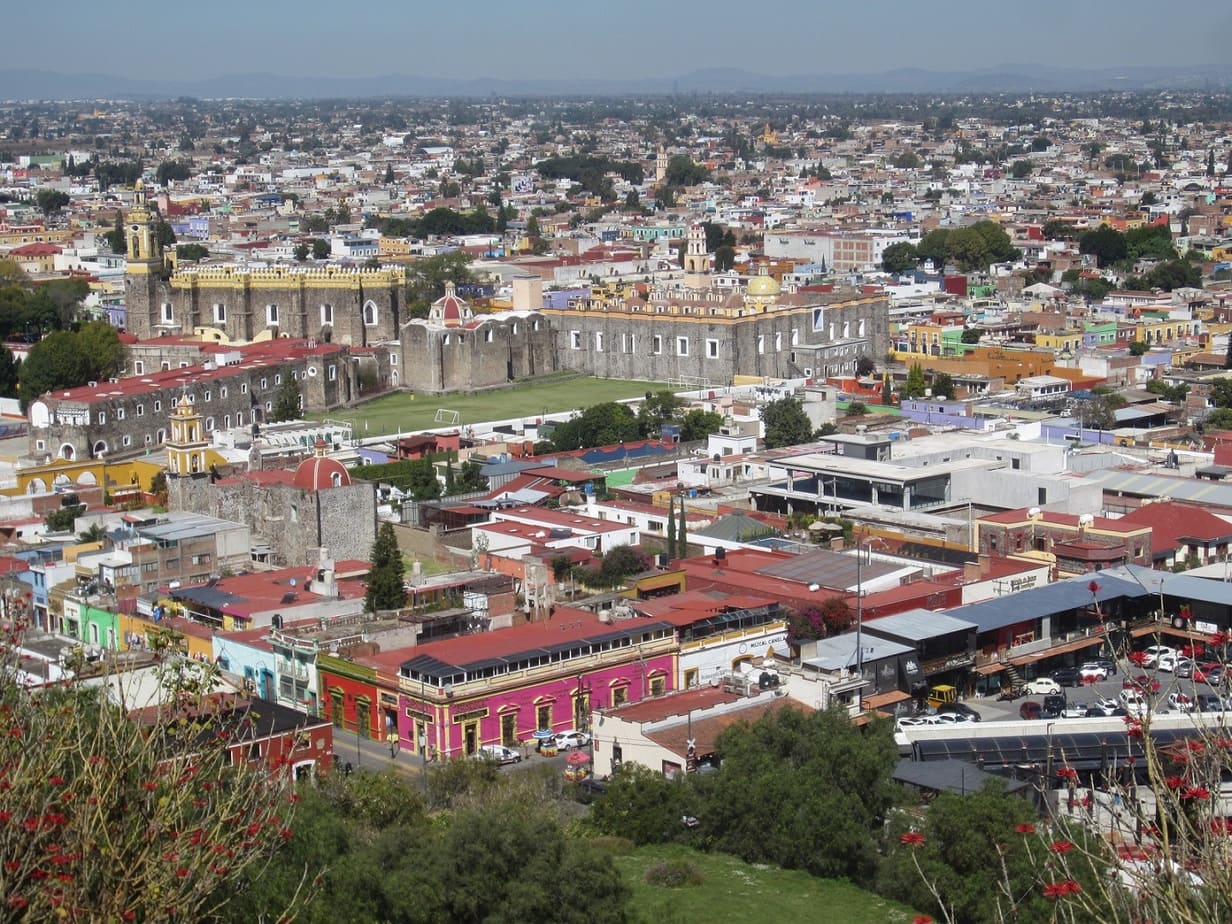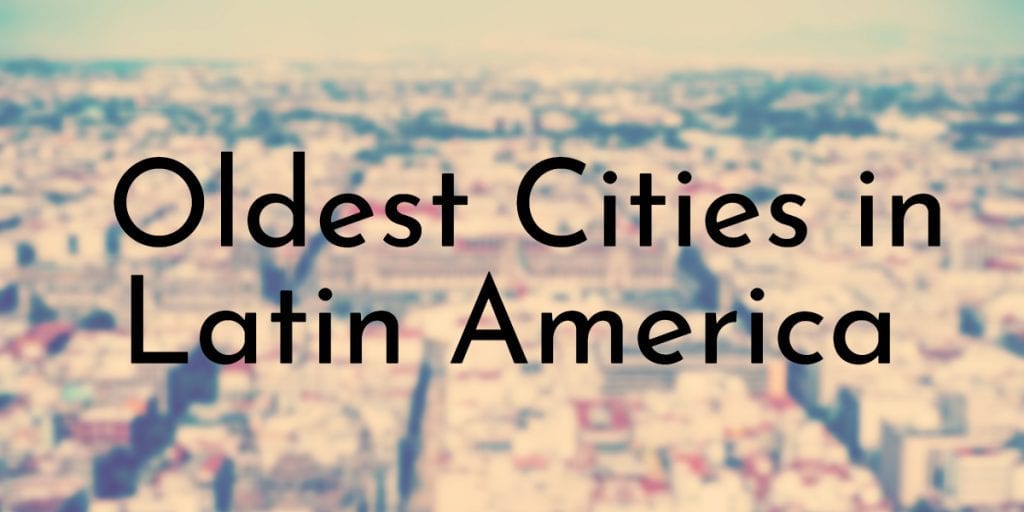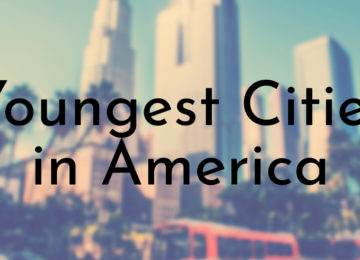Latin America is the group of countries and dependencies in the Western Hemisphere where Romance languages such as Spanish, Portuguese, and French are predominantly spoken. While there is no official consensus on what countries are officially part of Latin America, typically Mexico, Central America, South America, and the Caribbean make up Latin America.
All of the cities on this list have a rich history that goes back to some of the earliest civilizations in the Americas. These cities have been ruled by difference peoples, who have influenced the culture of these Latin American cities in some way.
10. Ecatepec, Mexico
Year Founded: c.12th century
Total Area: 61.84 sq mi (160.17 km²)
Current Population: c. 1,656,107
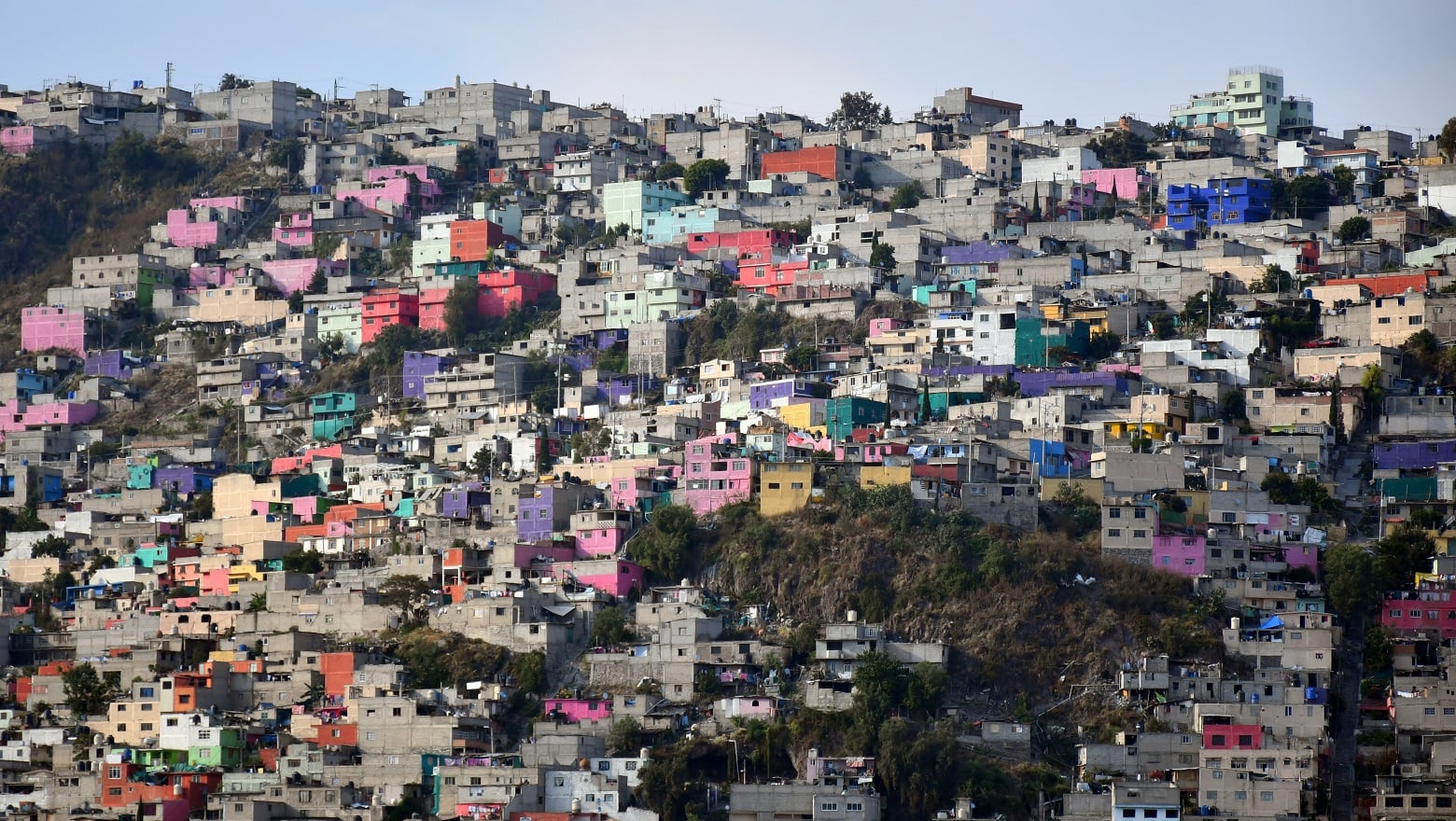
Although Ecatepec has the unfortunate reputation for being one the most dangerous cities in Mexico, this was not always the case. Ecatepec began as a settlement for one Mexico’s indigenous groups, the Otomis. During the domination of the Aztec Empire, Ecatepec became a city-state. Under the Spanish, Ecatepec was declared a municipality in 1874 and the city was named Ecatepec de Morales. In modern times, Ecatepec has become densely populated and is plagued with violence and drugs.
Did You Know?
In February 2016, Pope Francis celebrated Mass in Ecatepec in front of a crowd of 300,000. The Pope encouraged the city to overcome the troubles afflicting the region.
9. Pachuca, Mexico
Year Founded: c.12th century CE
Total Area: 59.5 sq mi (154.1 km²)
Current Population: c. 256,584
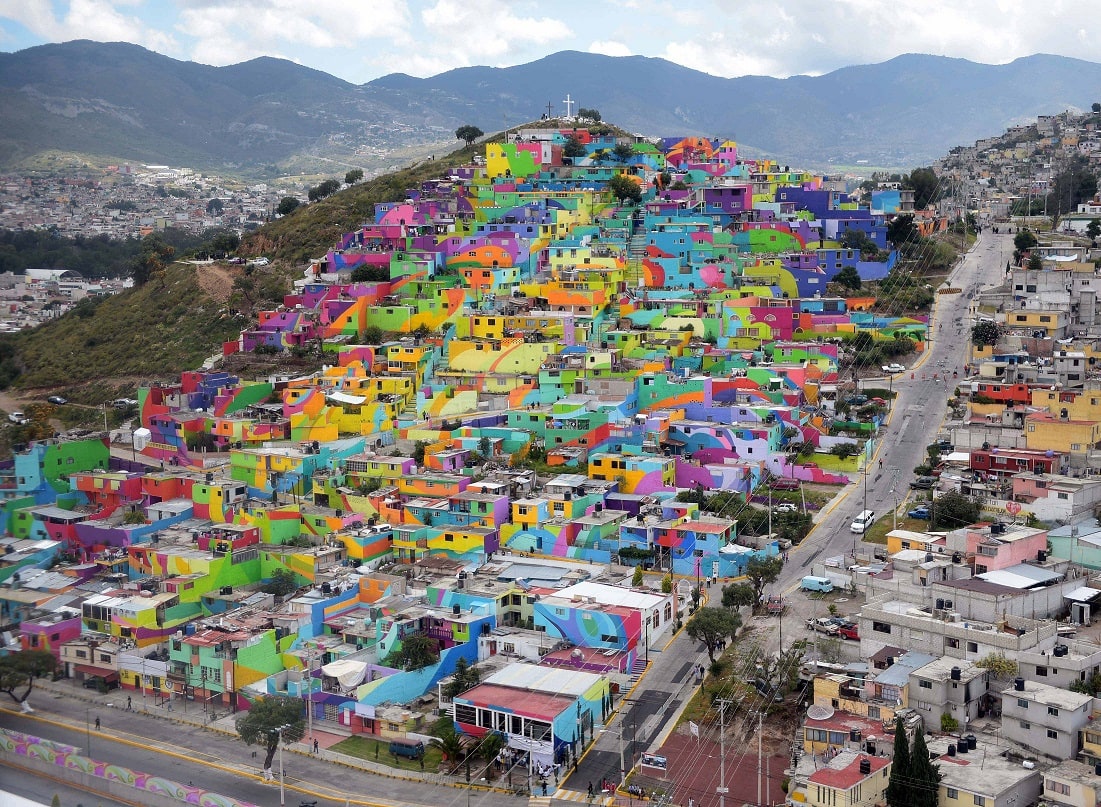
Did You Know?
Pachuca is home to the descendants of the Cornish miners who immigrated all the way from the UK in the 19th century. Some aspects of Cornish culture like a love for football and a dish called “pastes” (related to Cornish pasties) are now an integral part of Pachuca.
8. Motul de Carrillo Puerto, Mexico
Year Founded: c.11th century CE
Total Area: 5.06 sq mi (13.1 km²)
Current Population: c. 23,240
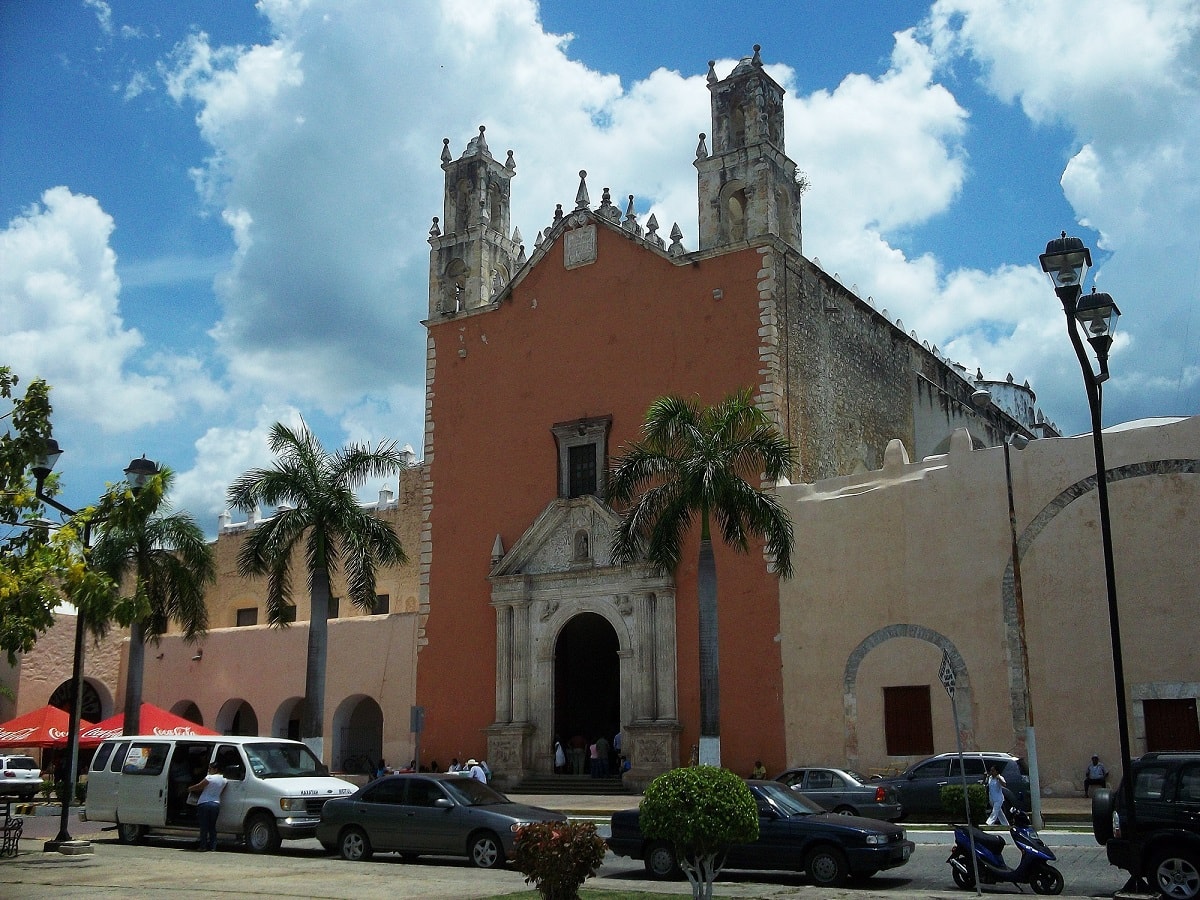
Motul, formally Motul de Carrillo Puerto, was founded in the 11th century CE by a priest named Zac Mutul. The city serves as the municipal seat of the Motul Municipality in the Mexican state of Yucatán. After its founding, Motul was ruled by the Pech family for several decades. Then after the Spanish conquered Yucatán, Conquistador Francisco de Montejo made Motul a Spanish colonial town. In 1872, Motul was granted city status and in 1924, the city changed its formal name to Motul de Carrillo Puerto in honor of Felipe Carrillo Puerto, a former Governor of Yucatán who was assassinated in 1924.
Did You Know?
Motul is the birthplace of the popular dish huevos motuleños, which features eggs on tortillas with black beans and cheese. Huevos huevos motuleños is even popular outside of Mexico and commonly served in Cuba and Costa Rica.
7. Antiguo Cuscatlán, El Salvador
Year Founded: 1054 CE
Total Area: 7.49 sq mi (19.41 km²)
Current Population: c. 48,027
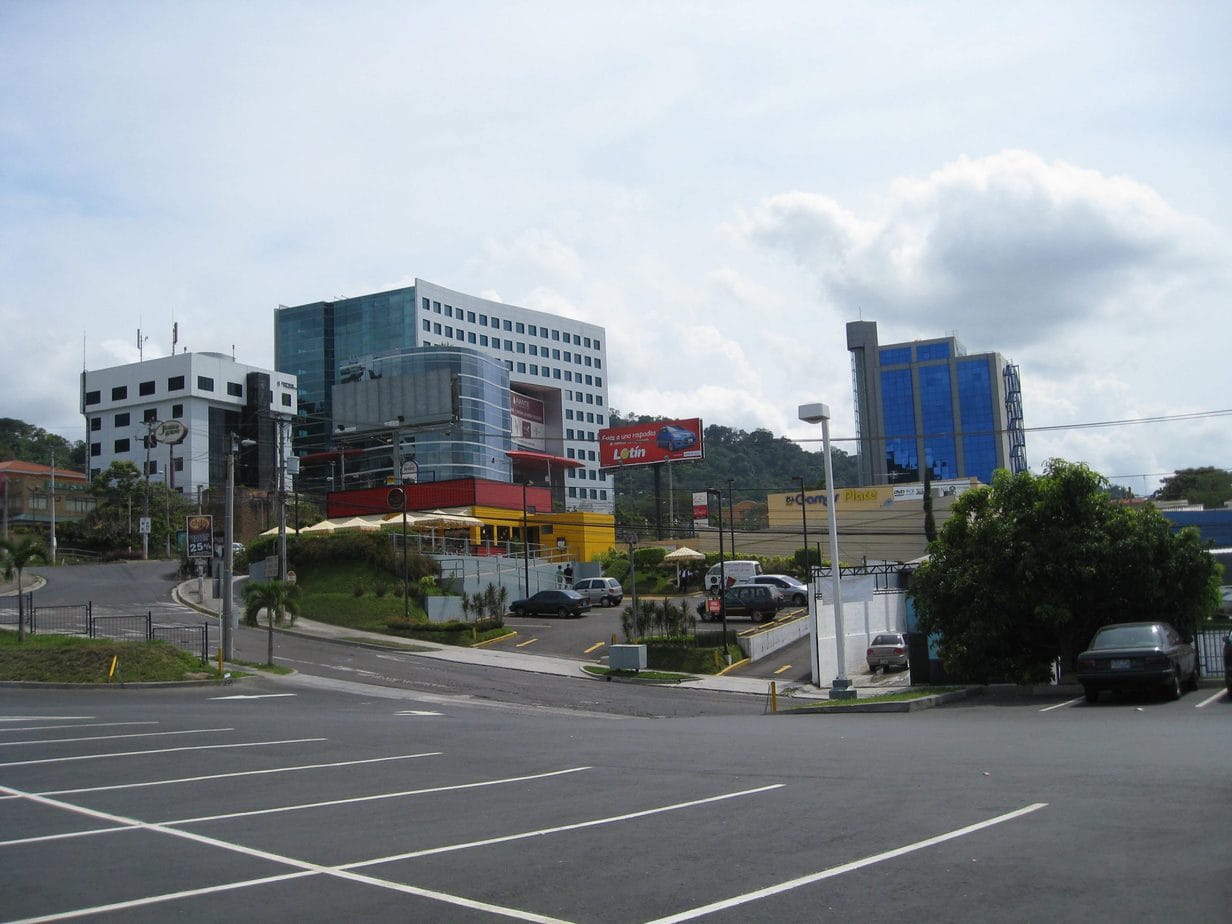
Antiguo Cuscatlán is another Latin American city that traces its history to the ancient people of the region. According to Pipil texts Antiguo Cuscatlán was founded as Cuzcatlan in 1054 by Topiltzin Atzil, the last king of Tula of Anahuac. Cuzcatlan served as the Pipils’ capital city until the Spanish arrived in the New World. After the Spanish conquered Antiguo Cuscatlán, the city became less relevant, but has since become more important. Today, Antiguo Cuscatlán is home to major institutions, plazas, corporative headquarters, and the biggest U.S Embassy of the region.
Did You Know?
In 2016, the city of Aurora, Colorado in the U.S. signed an official friendship city agreement with Antiguo Cuscatlán, making them sister cities.
6. Cusco, Peru
Year Founded: c.900 CE
Total Area: 148.7 sq mi (385.1 km²)
Current Population: c. 428,450
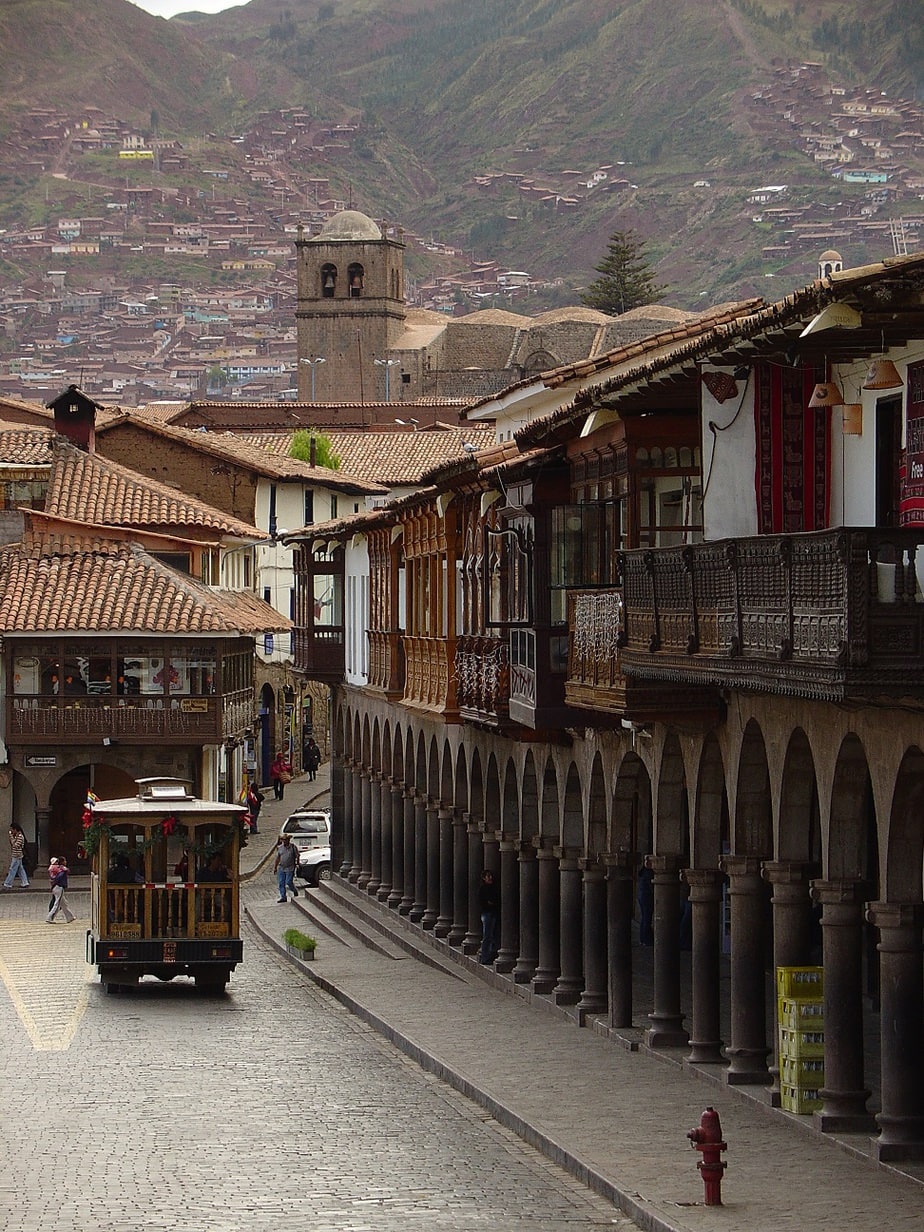
Cusco or Cuzco was the historic capital of the Inca Empire for several centuries until the arrival of the Spanish conquistadors. Prior to the Incas, the Cusco region was settled by the Killke people. Carbon dating shows inhabitants in the region even further back, as early as 20,000 BCE. During the reign of the Inca Empire, Cusco flourished and grew into massive city. Like all of the other cities on this list, Cusco was invaded by the Spanish, who quickly made the city their own. Currently, Cusco is the most important tourist destination in Peru, hosting nearly 2 million visitors each year.
Did You Know?
While Cusco is home to many historical Inca sites, most tourists visit the city to go to nearby Machu Picchu.
5. Quito, Ecuador
Year Founded: c.800 CE
Total Area: 143.78 sq mi (372.39 km²)
Current Population: c. 2,011,388
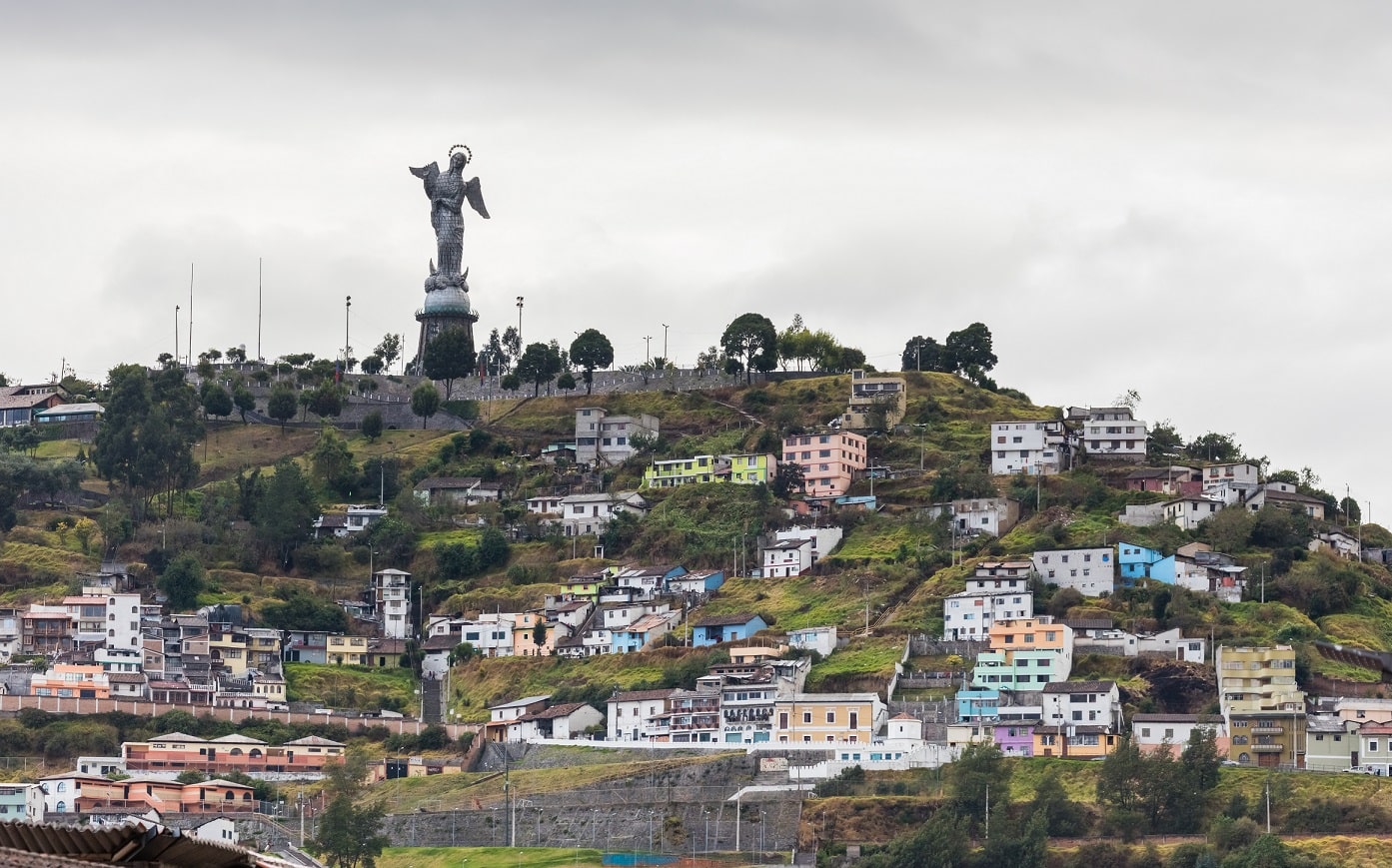
Did You Know?
Quito sits at an elevation of 9,350 feet (2,850 meters) is the second highest capital city in the world and the closest capital city to the equator.
4. Cuenca, Ecuador
Year Founded: 500 CE
Total Area: 27.25 sq mi (70.59 km²)
Current Population: c. 329,928
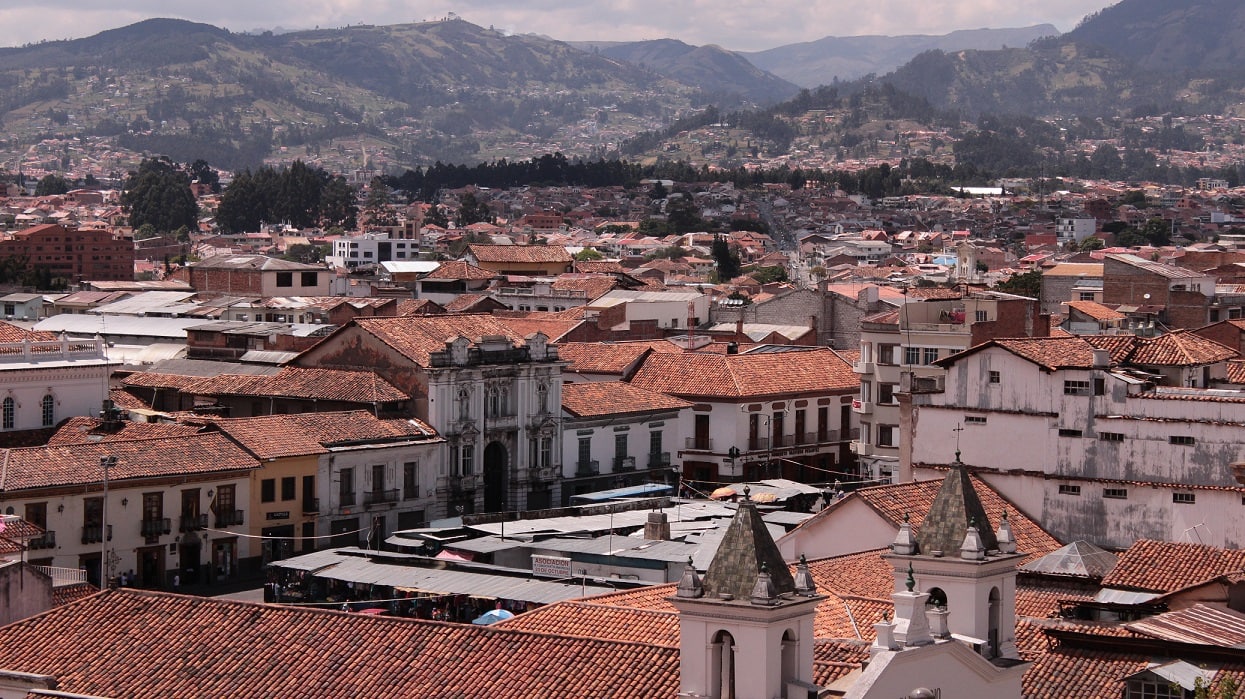
Cuenca, the capital city of the Azuay Province of Ecuador, was founded around 500 CE by the Cañari people as Guapondeleg. However, archaeological evidence shows that nomads and hunter-gatherer groups were in the Cuenca area back around 8060 BCE. Like many of the other old cities on this list, Cuenca was conquered by different groups after the Cañari, including the Incas and the Spanish. When the Spanish came in 1557, the city was renamed Cuenca by Andrés Hurtado de Mendoza, then Viceroy of Peru, after his home town of Cuenca, Spain.
Did You Know?
Under the Incas, Cuenca was called Tomebamba and is considered a candidate for the mythical city of gold which the Spanish called El Dorado.
3. Tula de Allende, Mexico
Year Founded: c.400 BCE
Total Area: 118.1 sq km (305.8 km²)
Current Population: c. 188,659
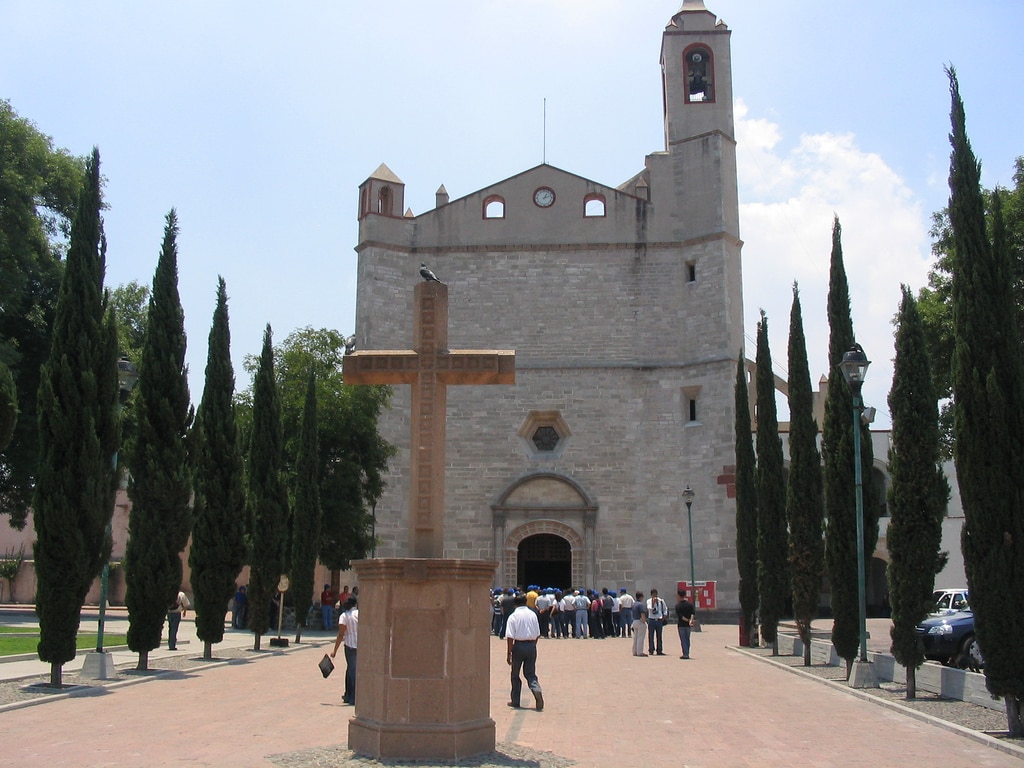
Tula de Allende is known as the home of the Tula archaeological site and was the capital city of the Toltecs. While the Toltecs did not develop Tula into their capital city until 1050 CE, there is archaeological evidence that people had settled in the area as far back as 400 BCE. It is believed that various groups settled in the area before the Toltecs turned Tula into a proper city. Unfortunately, much of the ancient city of Tula was destroyed by the Aztecs and the city was later occupied by Spanish conquistadors.
Did You Know?
The Tula archaeological site is home to the Atlantean figures, carved stone support columns or pillars in the shape of Toltec warriors.
2. Izamal, Mexico
Year Founded: c.750 – 200 BCE
Total Area: 20 sq mi (53 km²)
Current Population: c. 15,101
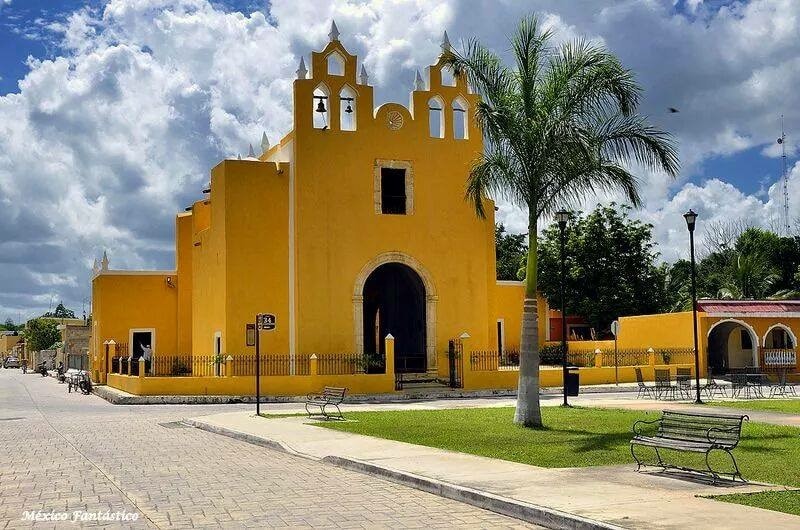
Izamal is another ancient Mexican city that has been inhabited almost continuously for several centuries. The city, which is also an important archaeological site of the Pre-Columbian Maya civilization, was founded sometime between 750 – 200 BCE. After its founding, Izamal was continuously settled until the Spanish Conquest. Very little of what the Maya built remains in Izamal today and the modern city is now a small fraction of its former glory.
Did You Know?
Izamal is known as the (most of its buildings are painted yellow) and the City of Hills (which are actually the remains of ancient temple pyramids).
1. Cholula, Mexico
Year Founded: c.800 – 200 BCE
Total Area: 42.87 sq mi (111.03 km²)
Current Population: c. 193,554
